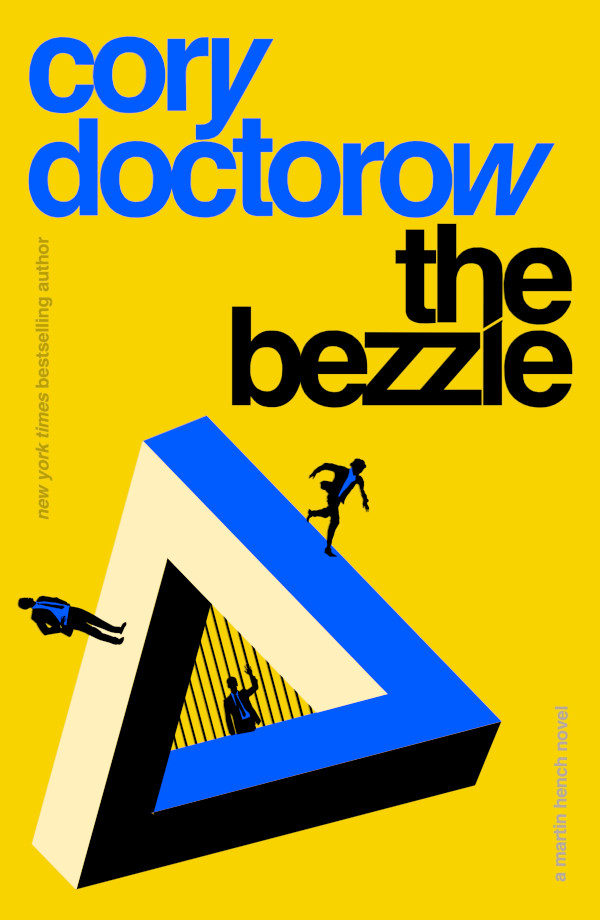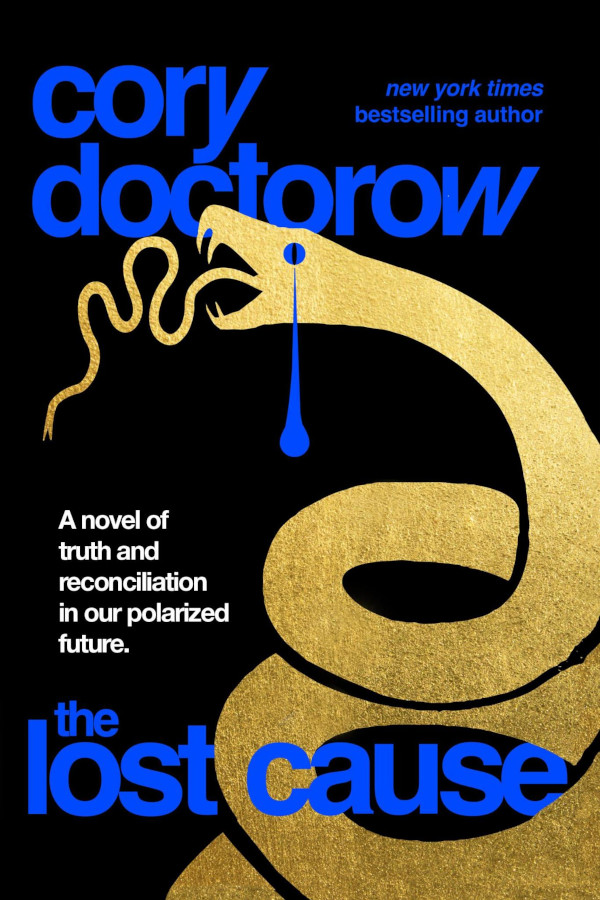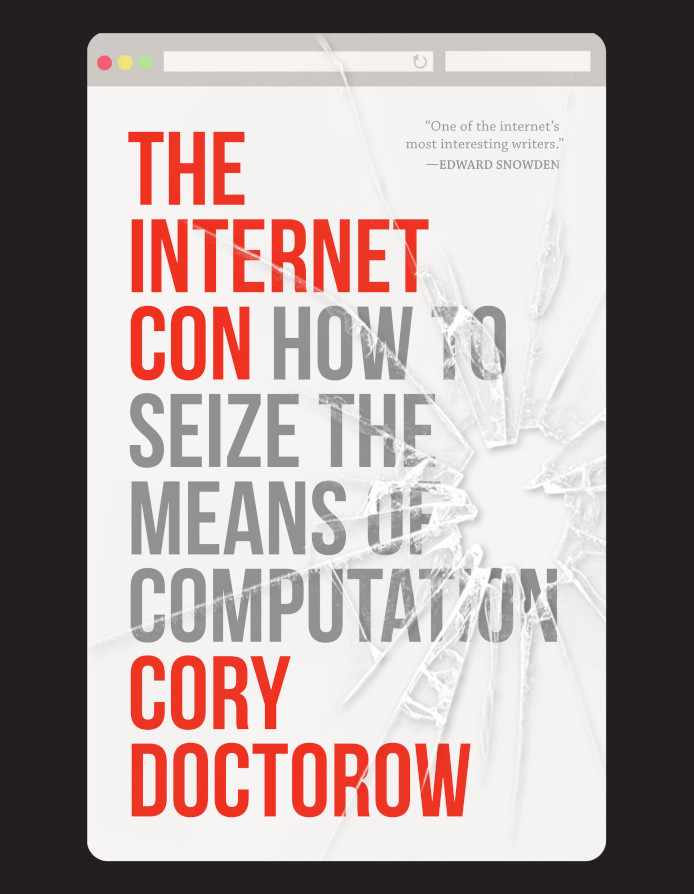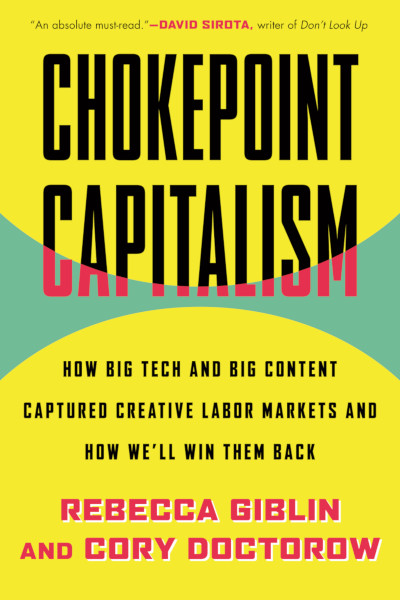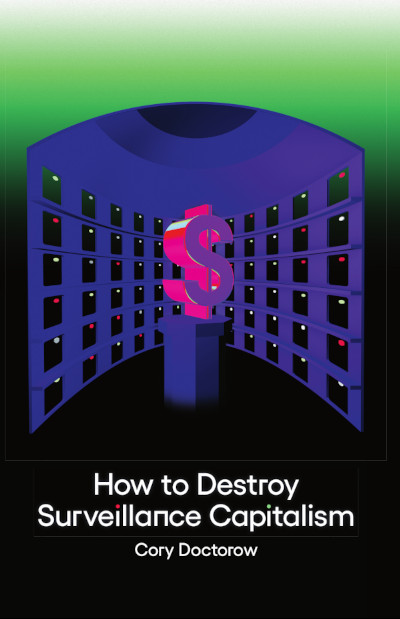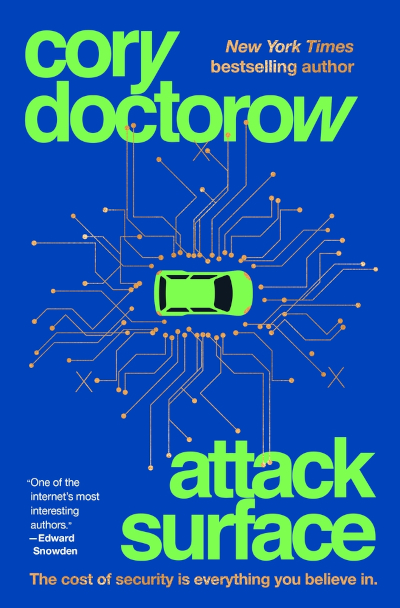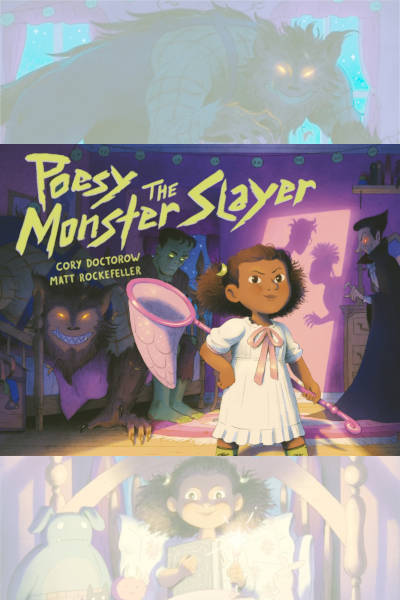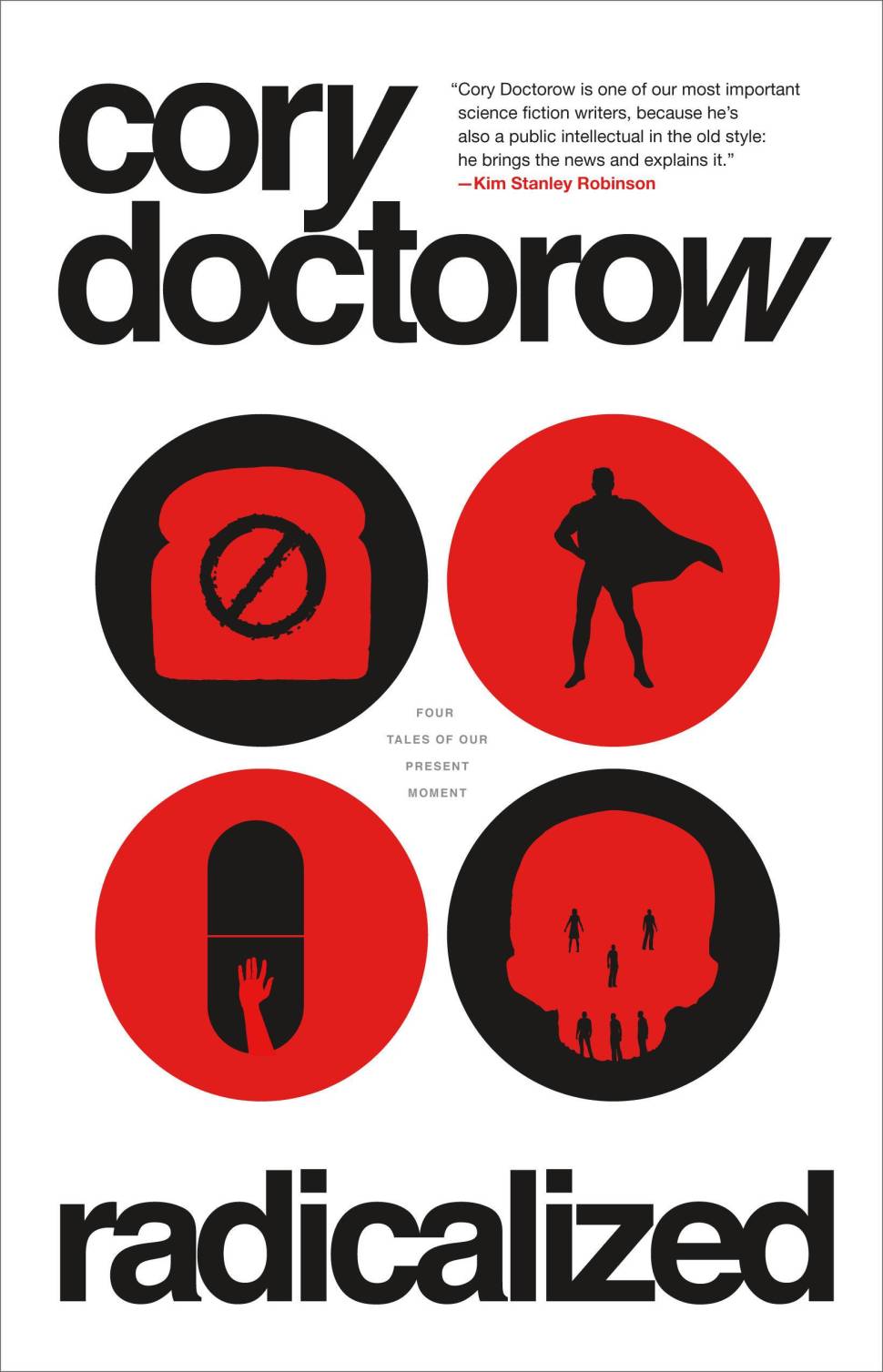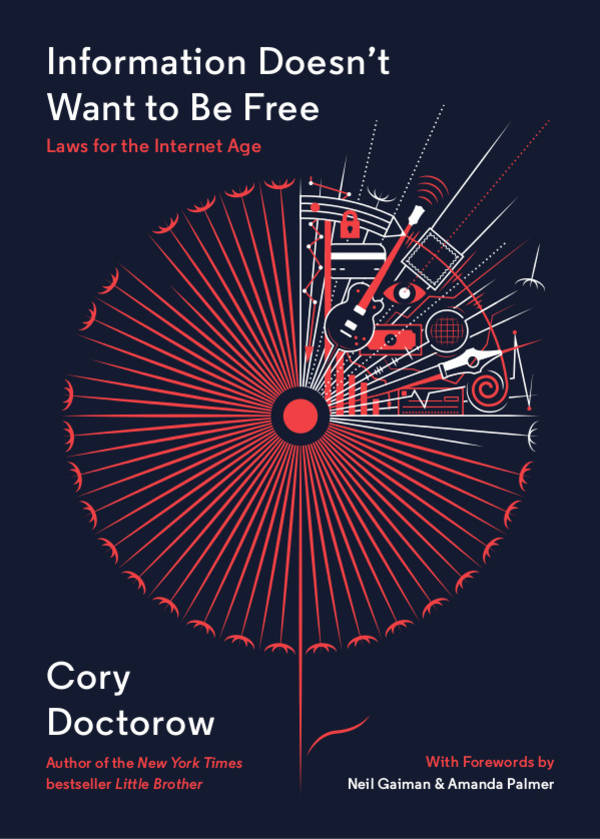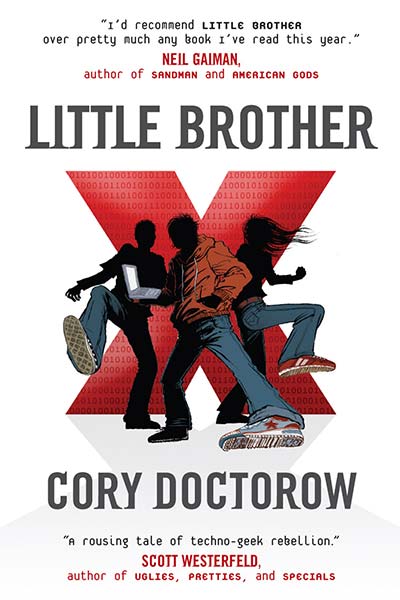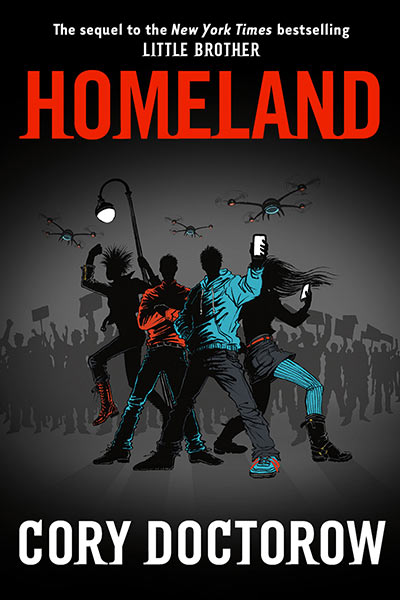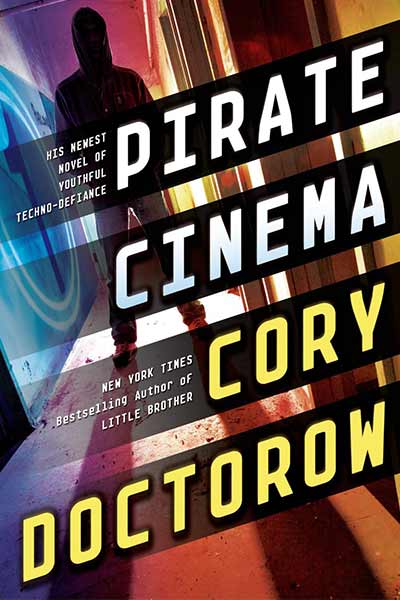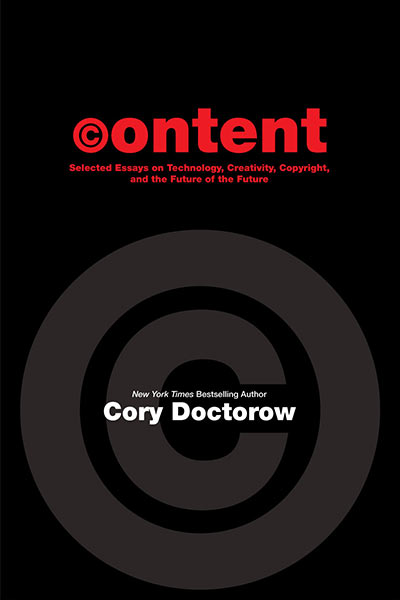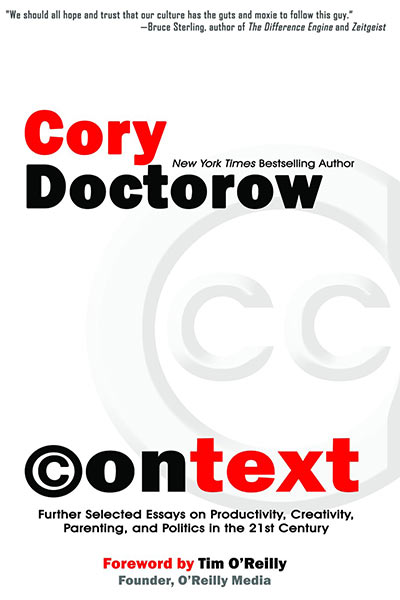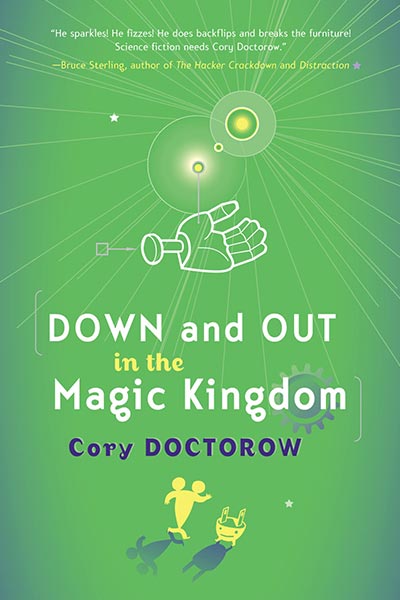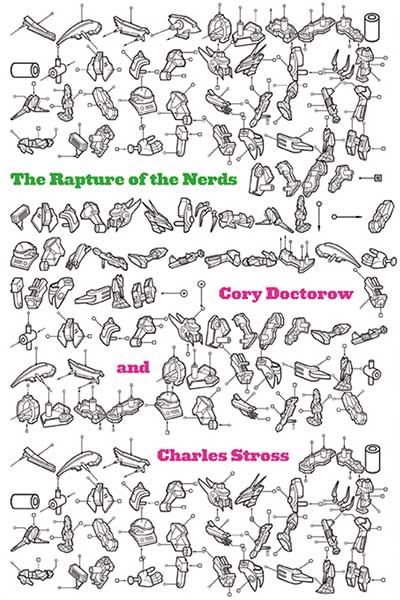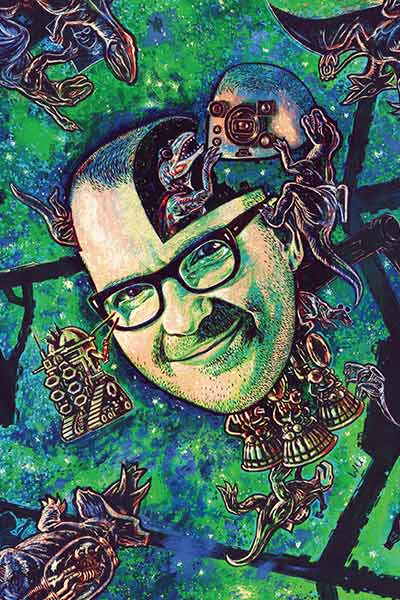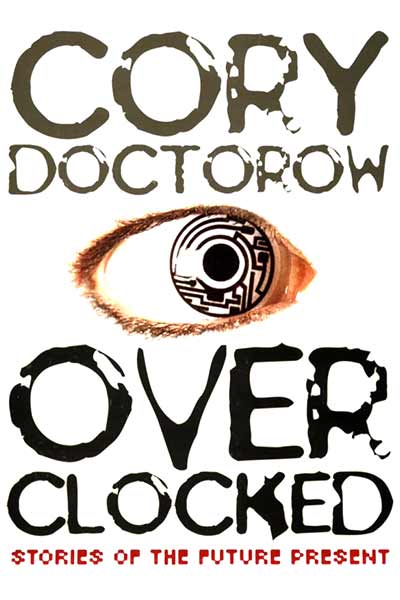I’m headed to Vienna this weekend for the annual Roboexotica “cocktail robotics” festival, a maker show for people who build robots that drink, mix cocktails, light cigarettes, make bar conversation amd perform miscellaneous cocktail-related robotic activities. The event is put on by Monochrom and Shifz, two mad and wonderful net-art collectives based in Vienna’s Museumsquartier on Electric Avenue.
I’ll be speaking on Friday night at Taugshow, Monochrom’s not-a-talkshow, and I’ll be around the conference all day on Saturday. Hope to see you!
Ghost in the Machine:
Symposium at Roboexotica 2007
In ancient Greece, thinking was projected outwards into the gods, who vicariously acted out human conflicts. The pre-Socratics were already thinking about nature and its principles. Plato later explained: “All that we can know are phenomena. Behind these appearances are the eternal forms, which embody true being. These are to us in principle unknowable, which means that our thinking is deception.” Thus the dualism of thinking and being was more or less established.
Aristotle disagreed with him, believing that the (divine) forms are found in living beings. Although the soul is moved by another (God is the “unmoved mover”), it also moves itself, and thus possess a certain degree of freedom. To put it bluntly: according to Plato, God was there first and created humans; Aristotle would say: humans were there first and they created their gods. According to the dualistic viewpoint, mind and matter are two different things that are independent of one another. Contrastingly, the monistic view holds that these are only two different aspects of an identical phenomenon. And yet regardless of which worldview one prefers, the question remains: Who was there first? Did the mind create the brain, or is it just a product of neural activity? For the English mind researcher John Eccles it was clear: “The mind plays on the brain as the pianist plays on the piano.”
So, what’s the deal with the mind? What is mind really? A function of the mind or a nonmaterial form of being? How are such questions treated in popular culture? How does technology approach these issues? And what does all of this have to do with robots?


